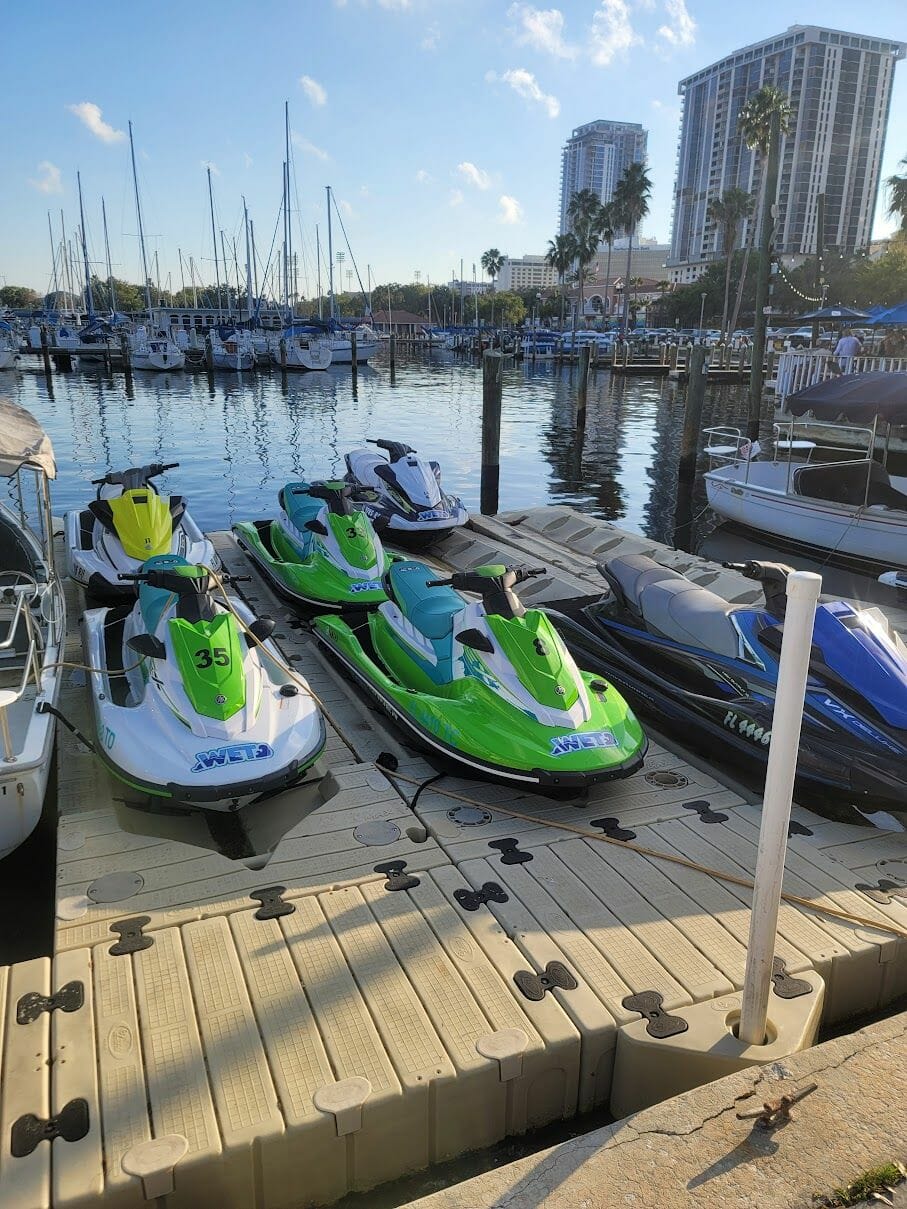Personal Watercraft Safety and its Importance
Personal watercraft (PWC) such as jet skis, Waverunners, and Sea-Doos offer exhilarating fun on the water, but if not used responsibly, they can also lead to accidents and serious injuries. Prioritizing safety ensures that your time on the water remains both enjoyable and secure for everyone involved. In this comprehensive guide to PWC safety, we will discuss essential tips, the necessary equipment, and important regulations to ensure you have a responsible and safe watercraft experience.
Essential PWC Safety Tips and Guidelines
Always Wear a Life Jacket
Wearing a life jacket is not only a legal requirement in most jurisdictions, but it is also crucial for your safety. Make sure the life jacket fits properly and is well-secured. Many PWC accidents lead to unconsciousness, and a good life jacket will keep you afloat regardless of your condition.
Take a Boater Safety Education Course
Enrolling in and completing a boater safety education course is mandatory in many states, but it’s also a good idea for inexperienced operators. Comprehensive courses will provide valuable information on PWC operation, navigation rules, and emergency procedures.
Maintain a Safe Speed and Distance
Be cautious about your speed, especially when navigating crowded waters or close to shorelines. Always be vigilant and maintain a safe distance from other watercraft to avoid collisions.
Avoid Alcohol and Drugs
Operating a PWC while under the influence of alcohol or drugs is not only dangerous but also illegal. The consequences of impaired operation can range from fines and license suspension to accidents and fatalities. Save the celebrations for after your time on the water.
Know Your Local Rules and Regulations
Familiarize yourself with local PWC rules and regulations. This includes specific zones where PWCs are allowed, speed limits, and restrictions based on age, licensure, and experience.
Practice Defensive Driving
As a PWC operator, it’s important to always be aware of your surroundings and the potential hazards. Stay alert and actively anticipate the actions of other watercraft users to avoid accidents.
Necessary Equipment for PWC Safety
Personal Flotation Devices (PFDs)
As mentioned earlier, a proper life jacket is essential for your safety. Ensure your PFD is approved by the U.S. Coast Guard and well-fitted for maximum protection.
Safety Lanyard
A safety lanyard, also known as a kill switch or engine cut-off switch, is a cord that attaches your life jacket to the PWC ignition system. In an instance where you fall off the watercraft, the lanyard will shut off the engine, preventing runaway watercraft and potential accidents.
Fire Extinguisher
Always carry a U.S. Coast Guard-approved fire extinguisher on board. Be sure to regularly inspect the extinguisher, making certain it remains in good working condition.
Sound-Producing Device (Whistle or Horn)
A whistle or horn can be used to signal your presence to other watercraft or can be crucial in case you need assistance. Attach this device to your life jacket to ensure it is readily accessible.
Mirrors or Rearview System
Though not always required, having rearview mirrors or a rearview camera system can prevent collisions by providing visibility of the area behind your PWC.
Prioritizing PWC Safety
PWC safety should never be overlooked, as it is critical to the well-being of yourself and other water enthusiasts. By following the guidelines and equipping your watercraft with the necessary safety gear, you can ensure a more enjoyable and secure experience on the water. With this comprehensive guide, you’ll be well-prepared to prioritize safety while enjoying your personal watercraft adventures.


